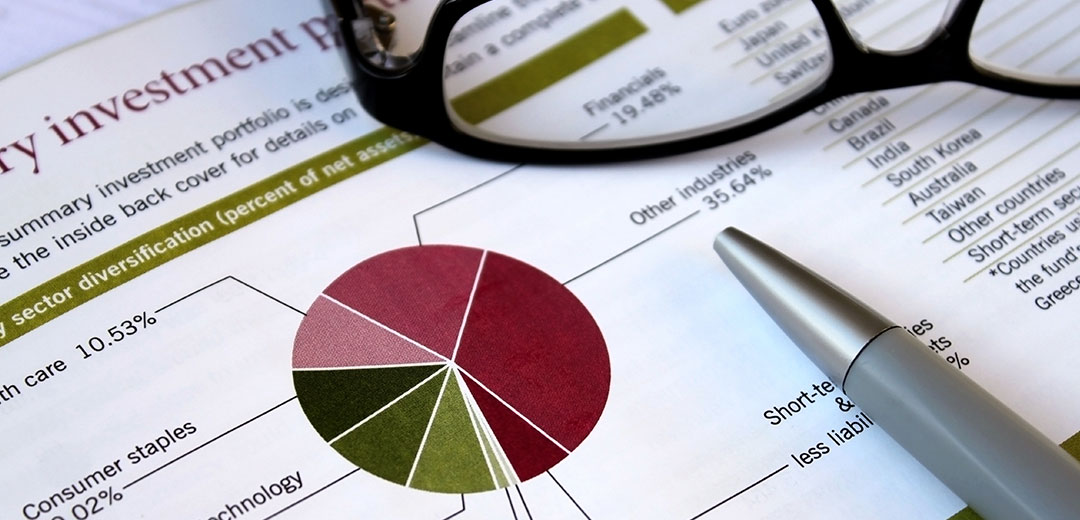The Power of Global Market Diversification in Investment Management
Global market diversification is a powerful tool for investors in the world of investment strategies. As global markets evolve, the call for a diversified approach to investment becomes more pronounced. But what is global market diversification, and why is it crucial for today’s investors?
Unraveling Global Market Diversification
Global market diversification means spreading investments across countries and assets to reduce risks and benefit from growth in different regions. It’s about not putting all your eggs in one basket—geographically speaking.
Key Pillars of Global Market Diversification

- Investing in various countries or regions protects your portfolio from being heavily affected by economic downturns in one area.
- Asset Class Variety: Diversification isn’t just geographical. It’s also about mixing asset classes such as equities, bonds, real estate, and commodities from different parts of the world.
- Sectoral Balance: Just as economies can fluctuate, sectors within those economies can experience ups and downs. Global diversification considers this, ensuring investments span multiple industries.
Why Embrace Global Market Diversification?
- Risk Mitigation: Diversifying globally helps spread risk. Economic challenges in one country or region might be offset by growth in another, cushioning your portfolio from extreme volatility.
- Access to Growth: Emerging markets, often overlooked in a domestic-only portfolio, can offer tremendous growth opportunities, even if they come with higher risks.
- Currency Diversification: As currencies rise and fall against each other, global diversification can offer some protection against currency devaluation in any particular country.
- Inflation Protection: Assets in different countries can respond differently to inflation, offering a protective layer against its erosive effects.
Challenges and Considerations
While global market diversification has undeniable perks, it’s not without challenges. Factors such as political instability, currency fluctuations, and differing regulatory environments can introduce additional risks. Hence, it’s paramount to be informed and, if possible, seek expertise in navigating these complexities.
Conclusion
Global market diversification, while not a silver bullet, is a robust strategy in the dynamic world of investment management. It creates a path for a stronger investment experience. It also protects against local economic declines. By using the growth of various areas. This could potentially lead to a successful investment experience.
Whether you’re a novice investor or a seasoned one, embracing global market diversification can be a game-changer. As always, partnering with a knowledgeable investment management company, Prudent Man Investment Management, Inc. can offer invaluable insights and guidance on this journey.








